Remember the days when splurging on little luxuries didn’t require a second thought or a budgetary spreadsheet? Once upon a time, these small joys punctuated our lives with delight and spontaneity, unburdened by guilt or the nagging voice of financial prudence. But times have changed, and those seemingly simple pleasures now feel like extravagant indulgences. Join us on a nostalgic stroll down memory lane to revisit the fun things we used to be able to afford, back when life felt a tad less complicated and a lot more carefree.
1. Weekly Brunch Dates
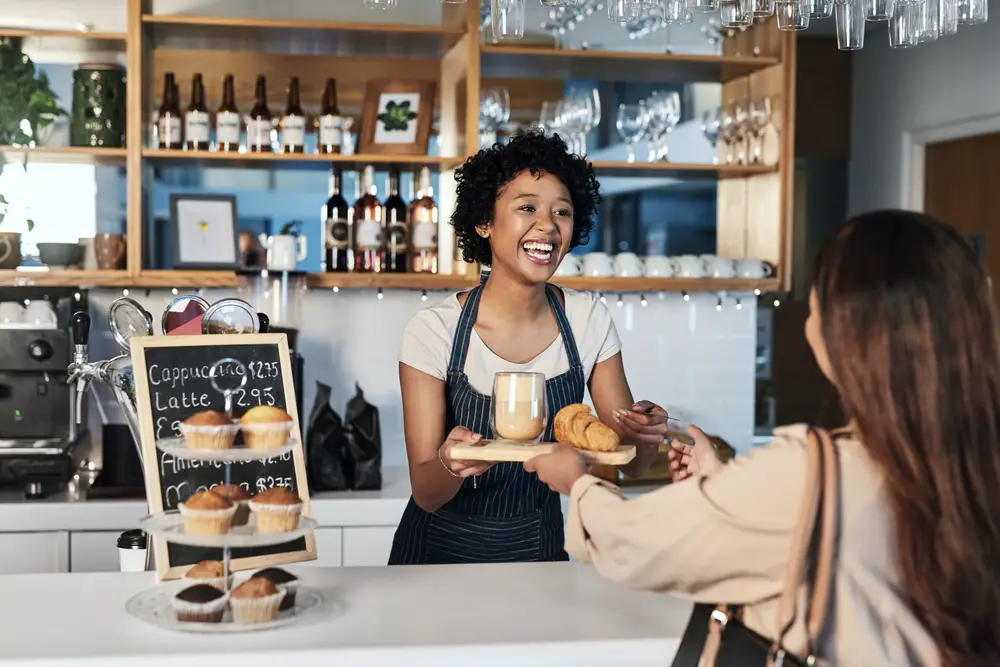
There was a time when brunch wasn’t just a meal; it was a culture. You remember the days spent sipping mimosas and nibbling avocado toast with friends, your biggest worry being what to order next rather than how it would affect your wallet. These casual gatherings were a mainstay of the weekend, a sacred ritual to decompress and reconnect. But with the rising cost of food and the growing trend of brunch spots charging a premium for the privilege, those once-affordable gatherings have become more of a rare treat.
Sociologist Dr. Linda Brant released a study in 2022 highlighting how shared meals foster social bonds and improve mental health. She noted the shift in communal dining as more people opt for solo or at-home alternatives because of financial constraints. The brunch scene now often feels exclusive, accessible only to those who can justify the tab. It’s a stark reminder of how economic realities have reshaped our social lives.
2. Spontaneous Road Trips

Remember hopping into a car with friends, a loose plan, and a full tank of gas? Those were the days when the open road was a canvas for youthful exploration, not a financial burden. The thrill lay in the unplanned adventures, discovering hidden gems along the way, and making memories fueled by spontaneity. Now, with gas prices climbing higher than our wanderlust, the thought of an impromptu road trip often fades into a pipe dream.
Although road trips seem simple, the cost of fuel, accommodations, and even roadside snacks has steadily climbed. What was once an affordable way to escape and explore now demands careful budgeting and consideration. This shift has seen us tethered closer to home, relegating our wanderlust to armchair adventures. The spontaneity that defined these trips seems to be harder to come by, replaced by planning and calculation.
3. Frequent Flyer Miles

Once upon a time, frequent flyer miles were the secret currency of the travel-savvy. Clocking in flights was a dual thrill: the journey and the promise of a free future flight. However, with airlines tightening their loyalty schemes and increasing the miles needed for rewards, they feel less like a reward and more like an impossible dream. The magic of scoring a free or discounted trip has dwindled, leaving many to wonder if it’s even worth the effort.
According to Tim Winship, editor of FrequentFlier.com, airlines have devalued these points by as much as 50% over the last decade, making the system a shadow of its former self. What was once a key to unlock distant horizons now serves as a relic of a more generous era. Travelers are increasingly disenchanted, with many feeling that the loyalty they once felt is no longer reciprocated. The age of easy upgrades and spontaneous trips feels more like a myth with each passing year.
4. Concerts And Live Events
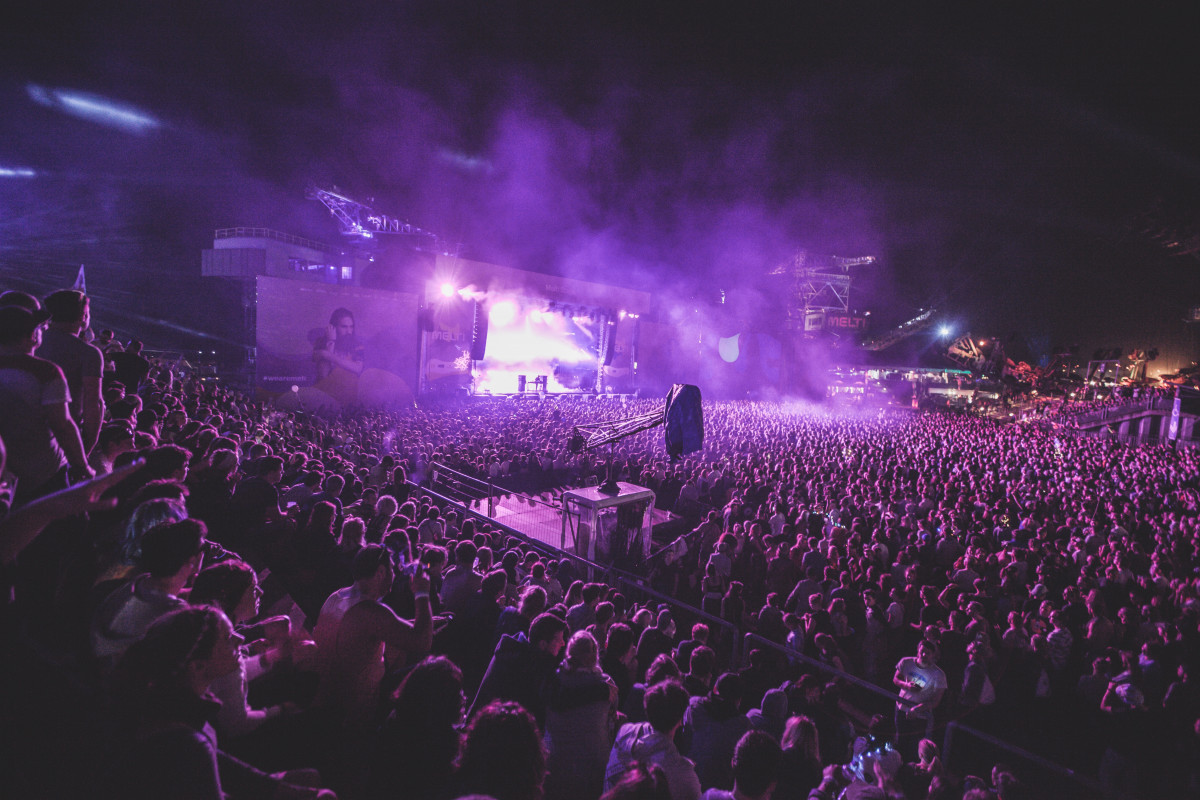
There was a golden era when catching your favorite band live or attending a spontaneous event was a matter of course. You simply bought your ticket, grabbed your friends, and lost yourself in the music. Now, the cost of attending concerts or live shows has escalated, often feeling prohibitive for the casual fan. The joy of being part of a collective musical experience has been overshadowed by inflated ticket prices and additional fees.
Ticket prices have surged, fueled by factors ranging from venue costs to artist fees, and let’s not forget the infuriating service charges. The result is a landscape where attending a live event is less a spontaneous decision and more a planned expense. It’s a loss felt keenly by music lovers who once built their identities around these communal experiences. The spontaneity that made live events thrilling has been replaced by spreadsheets and savings plans.
5. Movie Theater Nights
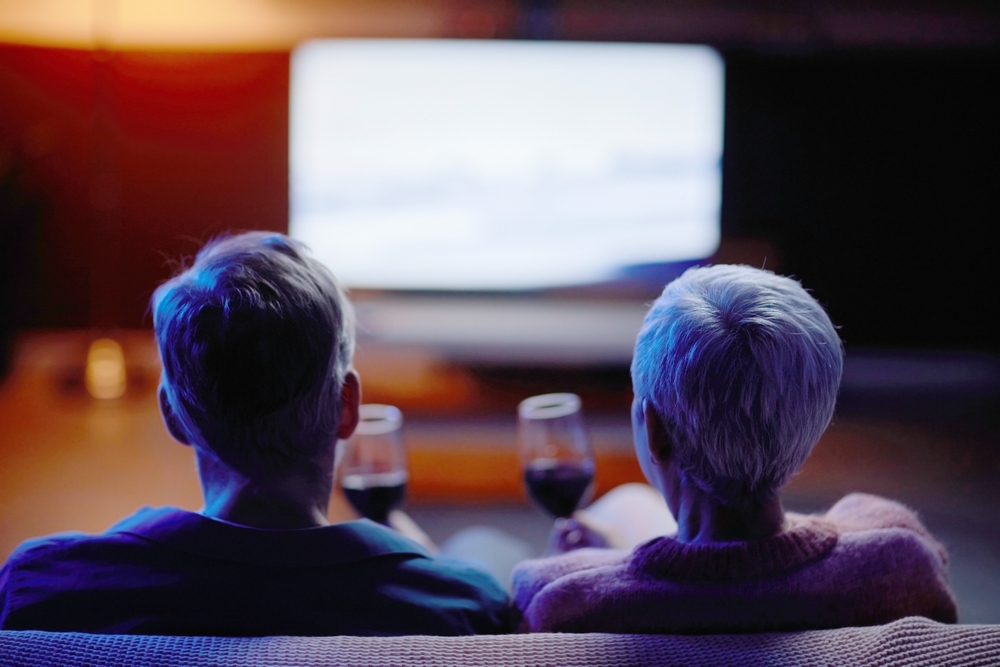
The allure of the silver screen has dimmed for many, tarnished by the rising prices of movie tickets and popcorn. Gone are the days when a night at the movies was a cheap thrill, a quick escape from reality into realms of fantasy and drama. What used to be a staple of family outings or date nights is now a luxury, as cinema chains ramp up costs to keep up with rising overheads. The magic of shared laughter and collective gasps in a darkened theater feels like a rare luxury rather than a regular delight.
A report from the National Association of Theatre Owners highlights a significant increase in average ticket prices over the past decade, outpacing inflation. The shift towards streaming services has also changed the landscape, offering convenience and cheaper alternatives. But for those who cherish the traditional cinematic experience, the cost can be jarring. The once-affordable escape into Hollywood’s imagination now requires a bit of arithmetic.
6. Magazine Subscriptions
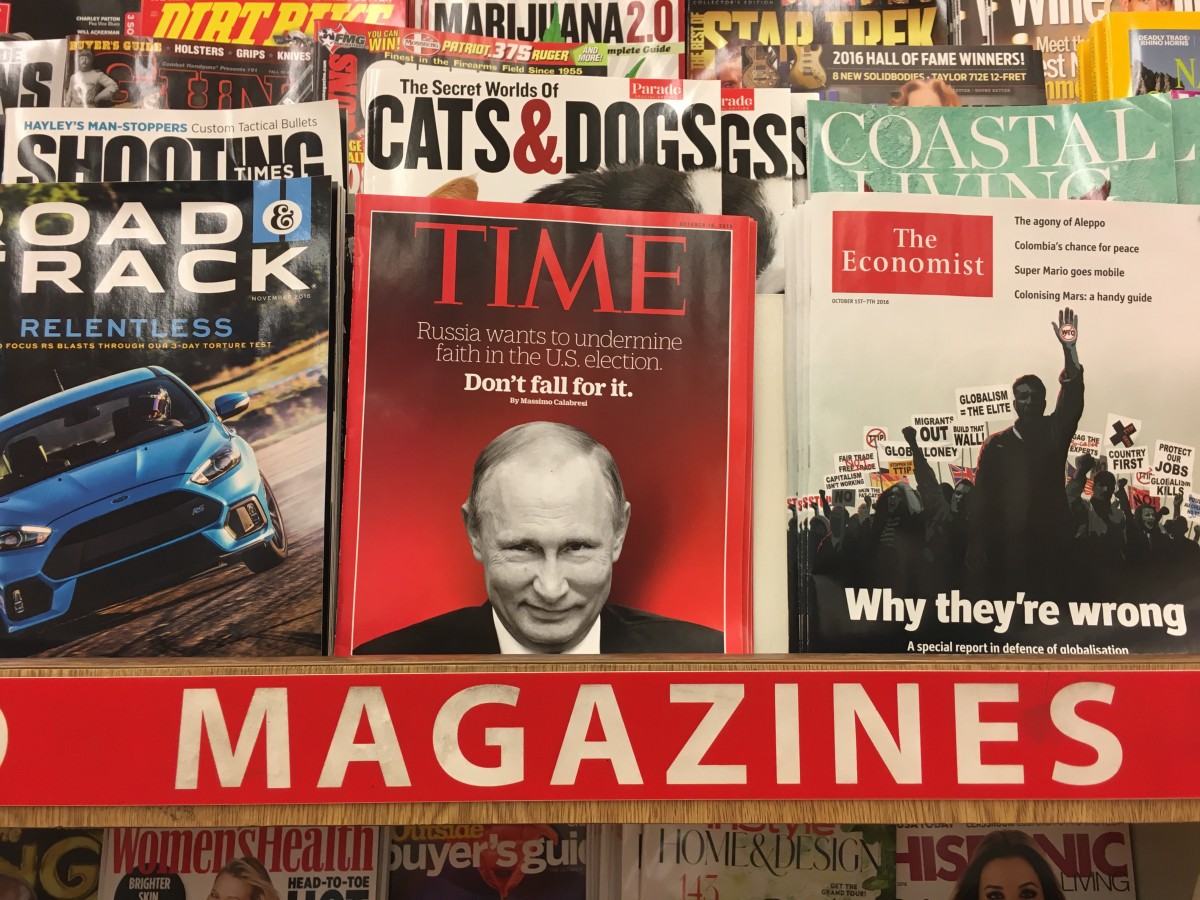
Remember when a monthly magazine subscription was a given, a doorway to worlds of glossy escapism and cutting-edge journalism? Each issue was an event, a chance to unplug and dive into stories that inspired, informed, and entertained. However, as print struggles to survive and digital subscriptions dominate, that tactile joy has become an expense many choose to forego. The cost of keeping up with multiple publications now competes with other digital content, often losing out.
With the rise of free online content, paying for magazine subscriptions feels less justifiable. The tactile experience of flipping through pages has been replaced by scrolling, a shift that’s left many nostalgic for simpler times. The cultural cachet associated with being well-read through print has diminished, replaced by the fleeting nature of digital consumption. While some still cherish their subscriptions, many have let them lapse in favor of more accessible alternatives.
7. Gym Memberships

Once upon a time, a gym membership was an accessible part of a balanced lifestyle, not a financial commitment scrutinized through the lens of necessity versus luxury. As boutique fitness studios and premium clubs emerged, prices surged, leaving many to ponder if the cost was worth the sweat. The appeal of state-of-the-art equipment and a multitude of classes has waned, overshadowed by the hit to your bank account.
A 2021 survey by the International Health, Racquet & Sportsclub Association (IHRSA) revealed that gym membership costs have increased by nearly 20% over the past decade. This surge has led many to reconsider their fitness routines, opting for at-home workouts or outdoor activities instead. What was once an easy investment in health has become a decision weighed against other financial priorities. The communal motivation found in gyms is often missed but not always affordable.
8. Grab-And-Go Coffees

The once-simple joy of grabbing a coffee on the go has transformed from a routine treat to a guilty pleasure. Remember when a daily latte fix was an unquestioned ritual, a small luxury that punctuated your workday? With specialty coffee prices climbing and ethical consumption gaining traction, this everyday habit now demands careful consideration. The spontaneous decision for a caffeine pick-me-up has shifted to a calculated choice.
The culture of coffeehouse gatherings, once pivotal for mid-morning breaks or casual meetings, has shifted too. The rise of home brewing and the economic tilt have made many reconsider their daily splurges. The convenience and community feel of cafes remain alluring, but the expense often deters frequent visits. It’s a small adjustment that echoes larger economic shifts, where every dollar spent is scrutinized.
9. Dinner Parties
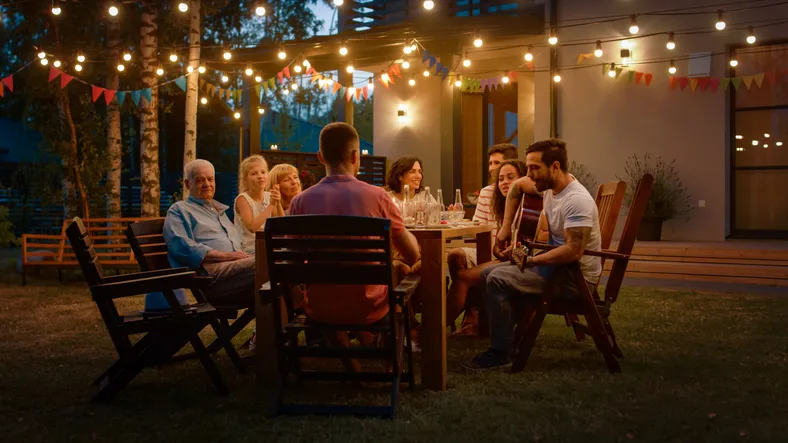
Throwing a dinner party used to be the hallmark of social sophistication, a chance to showcase culinary skills and gather friends. The idea of hosting an evening filled with laughter, food, and perhaps too much wine was once imbued with excitement rather than financial dread. But with the rising costs of groceries and gourmet ingredients, even hosting a simple get-together can strain the budget. The ease of inviting friends over for a meal has been replaced by meticulous planning and budgeting.
Gone are the days of impromptu gatherings where the focus was on connection rather than cost. Now, hosts find themselves calculating every detail, from the price of artisan cheeses to the investment in a decent bottle of wine. It’s a shift that’s altered the dynamics of social gatherings, leaving some to opt for more affordable potluck alternatives. While the spirit of hospitality endures, the economic reality requires a new approach to entertaining.
10. Spa Days

A day of pampering used to feel like hitting the reset button on life, a moment to indulge in self-care without breaking the bank. Spa treatments were not just reserved for special occasions but were attainable luxuries that one could justify indulging in periodically. However, the cost of treatments has soared, making spa days feel like an extravagance rather than a routine. The idea of unwinding under the skilled hands of a masseuse has become intertwined with financial consideration.
The wellness industry’s boom has contributed to this shift, with premium services and upscale facilities demanding higher prices. What was once a guilt-free escape has become a carefully budgeted event. The irony of stress-relief activities causing financial stress hasn’t gone unnoticed by many. It’s a paradoxical twist where relaxation has become a costly aspiration.
11. New Outfit Splurges

Buying a new outfit for a special occasion was once a delightful adventure, a chance to reinvent yourself through fashion. The excitement of discovering a perfect piece, knowing it would add a fresh spark to your wardrobe, was unmatched. However, inflation and the fast-fashion industry’s environmental impact have cast a shadow over these spontaneous purchases. The joy of fashion finds is now tempered by ethical and economic considerations.
The urge for novelty has been replaced by a focus on sustainability and financial prudence. Consumers are becoming more conscious of the story behind each garment and its true cost. The days of carefree shopping sprees have been tempered by a growing awareness of responsible consumption. While fashion remains a form of self-expression, it now carries the weight of intentionality and awareness.
12. Last Minute Flights
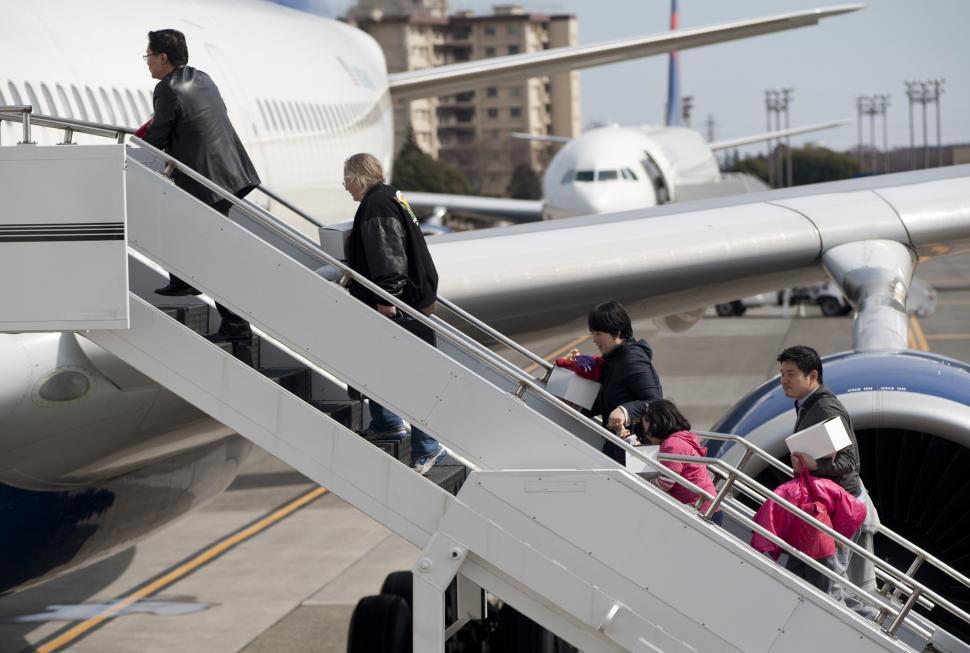
Once, the notion of hopping on a last-minute flight was more exhilarating than daunting, a thrill powered by adventure and the promise of new horizons. Budget airlines and fare sales made spontaneous travel a feasible reality rather than an unattainable fantasy. However, the unpredictability of airline pricing and added fees have made this spontaneity feel financially risky. The allure of an impromptu getaway is now often weighed down by the potential for exorbitant costs.
This economic shift has reshaped our travel habits, tethering many to meticulous planning rather than spur-of-the-moment departures. The thrill of unexpected adventures has given way to spreadsheets and comparison shopping. The freedom to explore at a whim has been overshadowed by the need for financial foresight. It’s a change that speaks to a broader reality, where every facet of life seems to require more planning and less impulse.
13. VIP Memberships
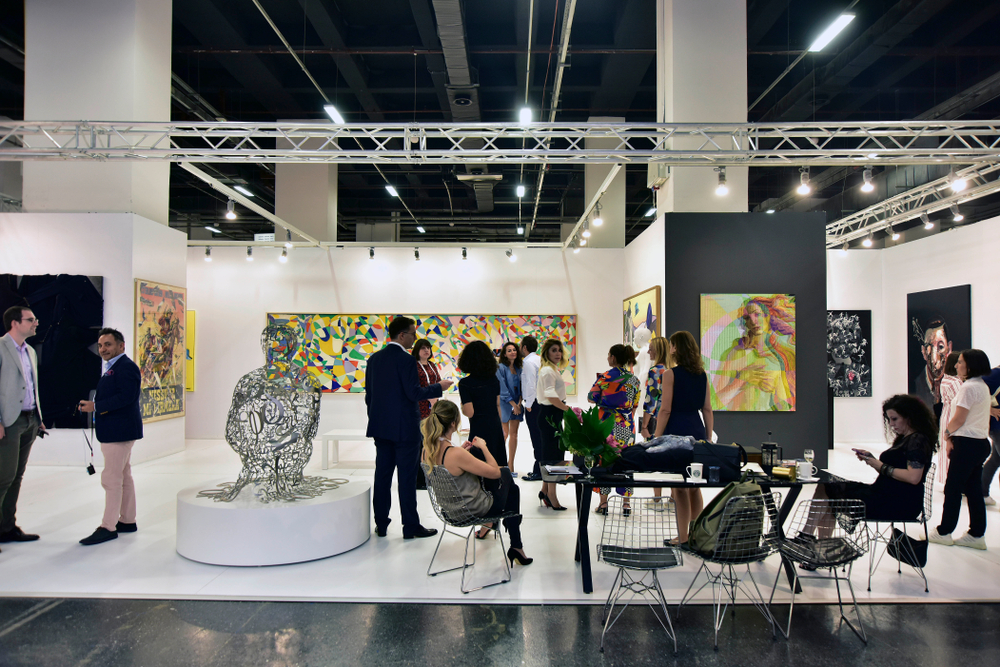
Memberships to museums, galleries, and cultural institutions were once considered savvy investments in personal growth and enrichment. These passes opened doors to worlds of art, history, and knowledge, offering unlimited access to exhibitions and events. However, as cultural institutions grapple with funding shortages, membership fees have increased, often pricing out casual patrons. The joy of spontaneous cultural immersion has shifted to a calculated luxury.
For many, the choice to continue supporting these institutions comes at a cost, both financially and socially. The value of these memberships now competes with other entertainment options, as consumers weigh their choices carefully. This shift has altered the landscape of cultural engagement, where supporting the arts comes with the burden of economic consideration. Still, the intrinsic value of these experiences endures, a reminder of the cultural richness that lies beyond price tags.
This article is for informational purposes only and should not be construed as financial advice. Consult a financial professional before making investment or other financial decisions. The author and publisher make no warranties of any kind.








